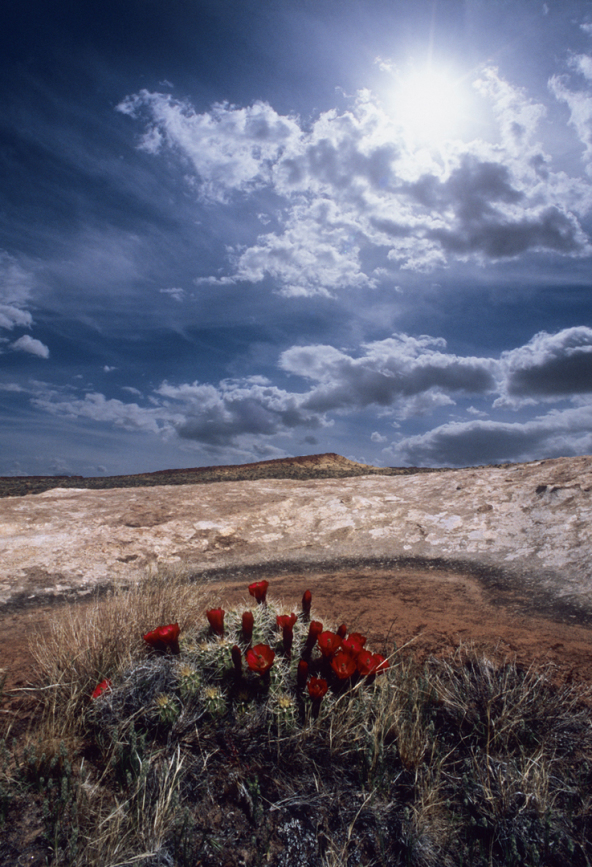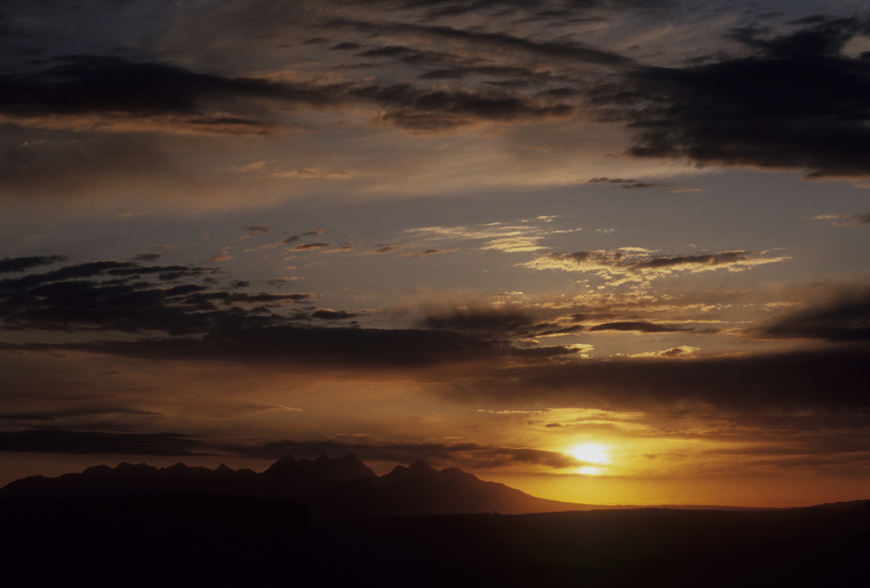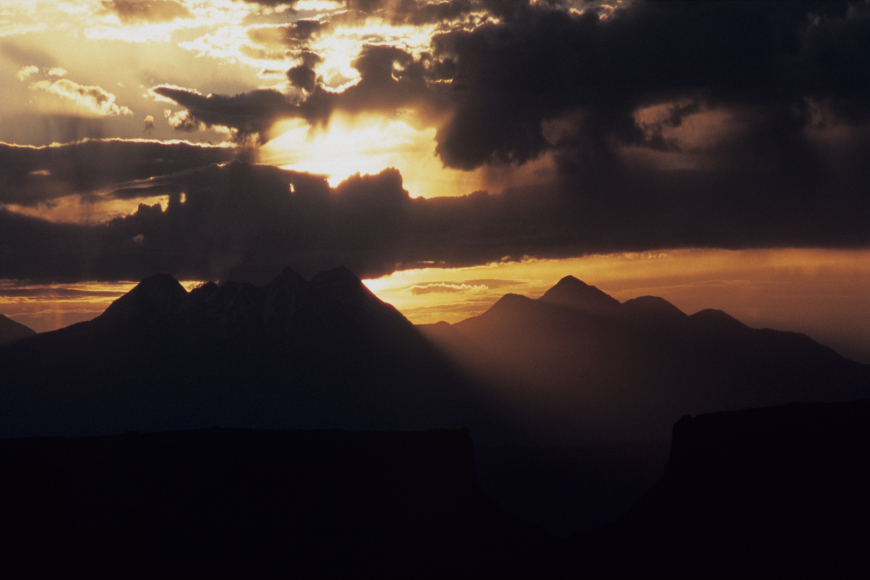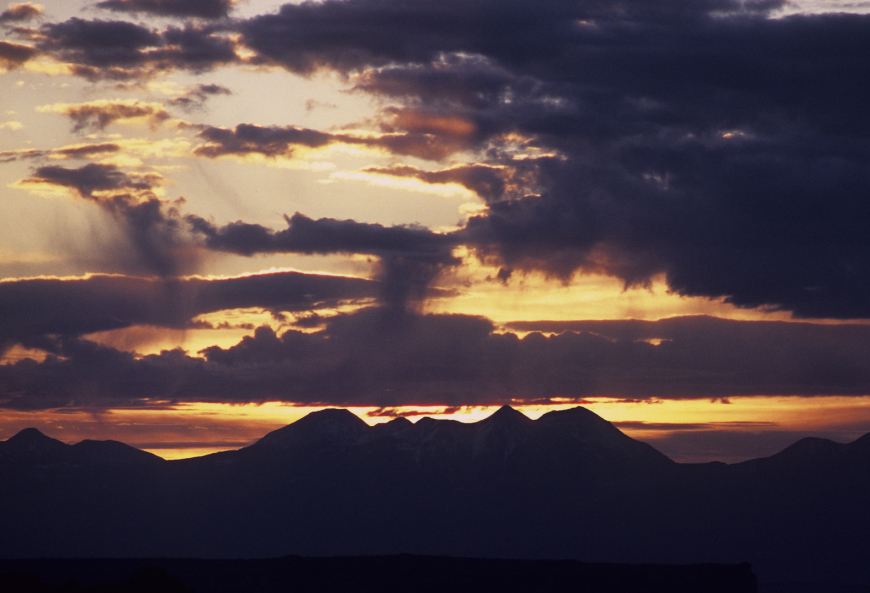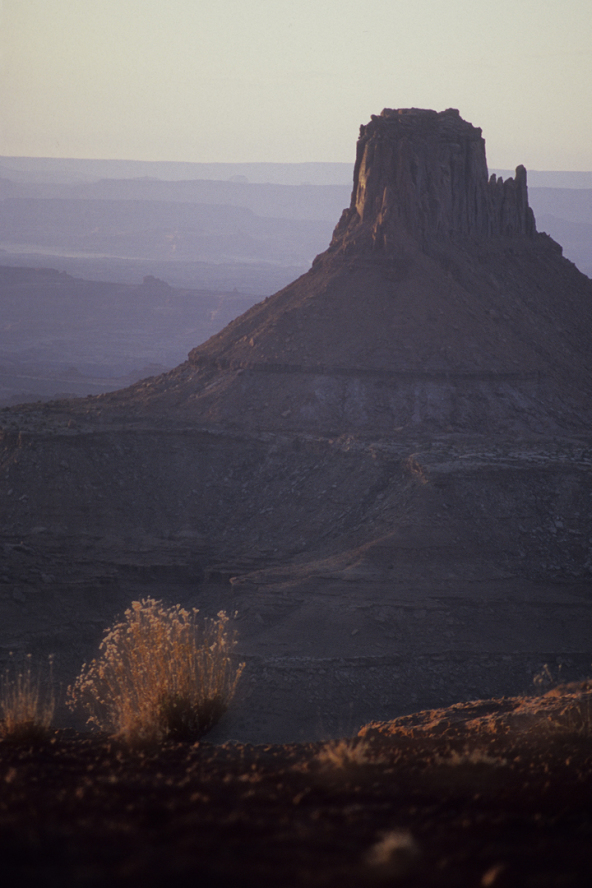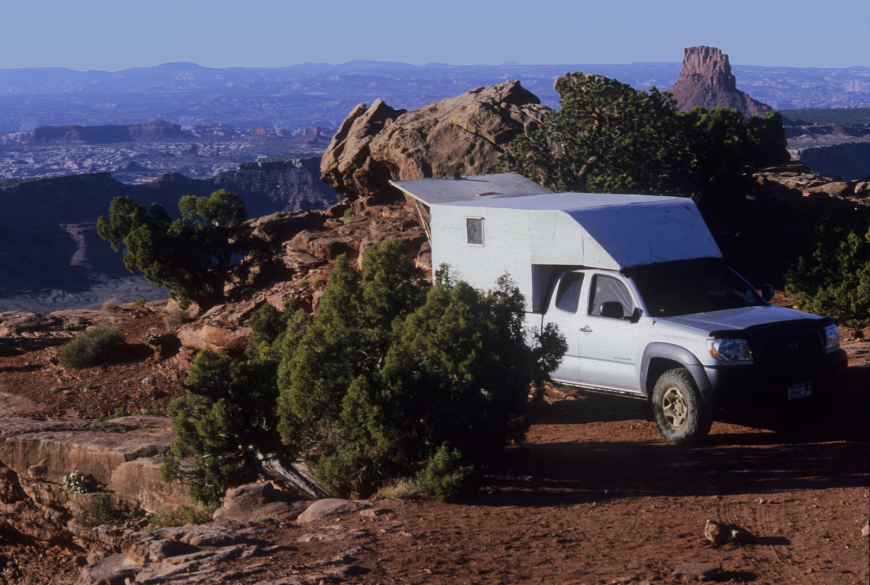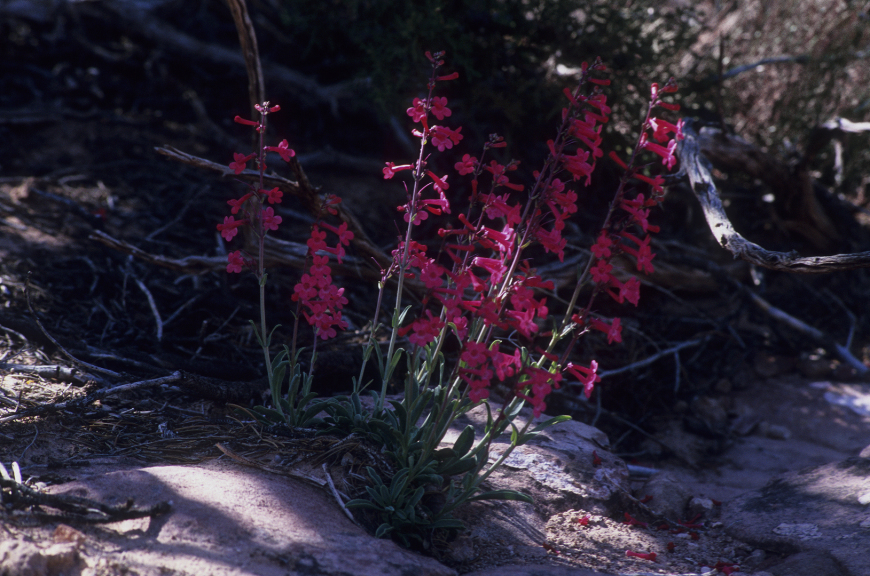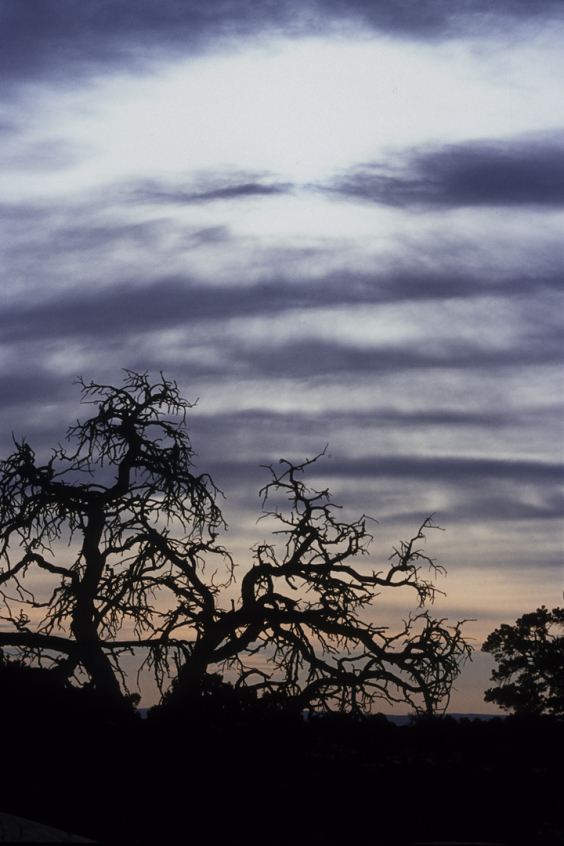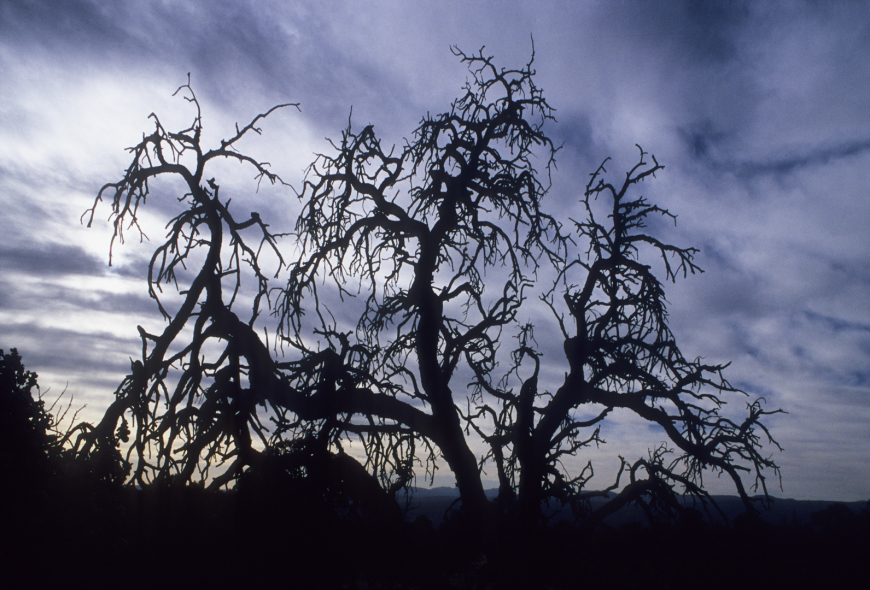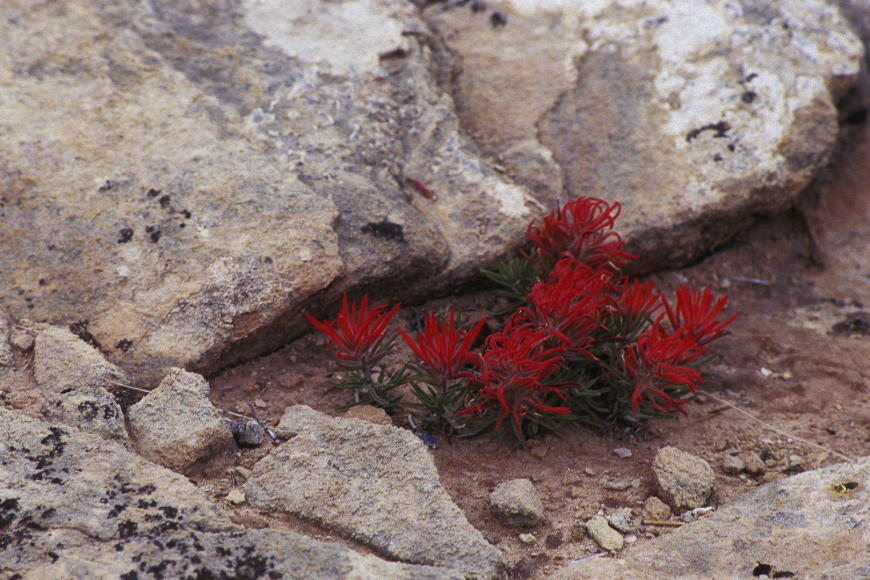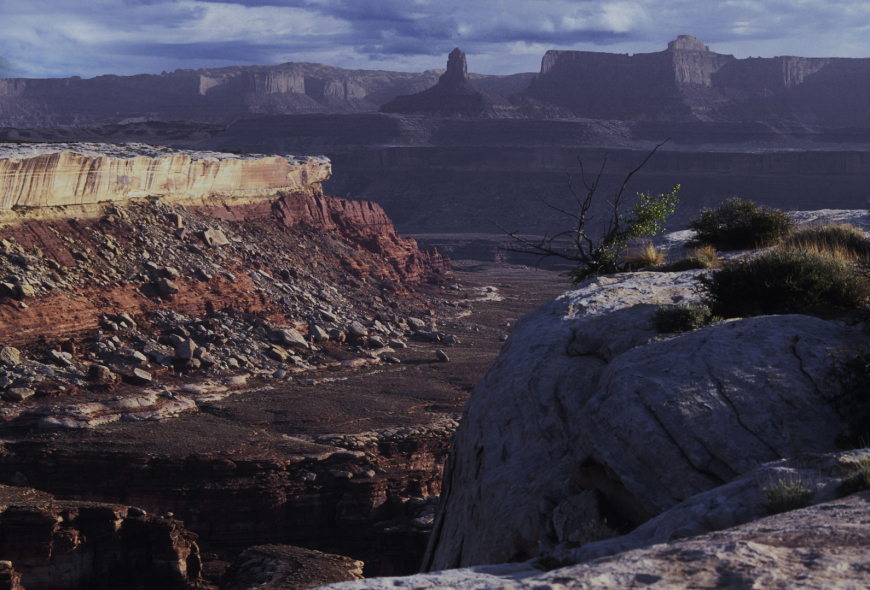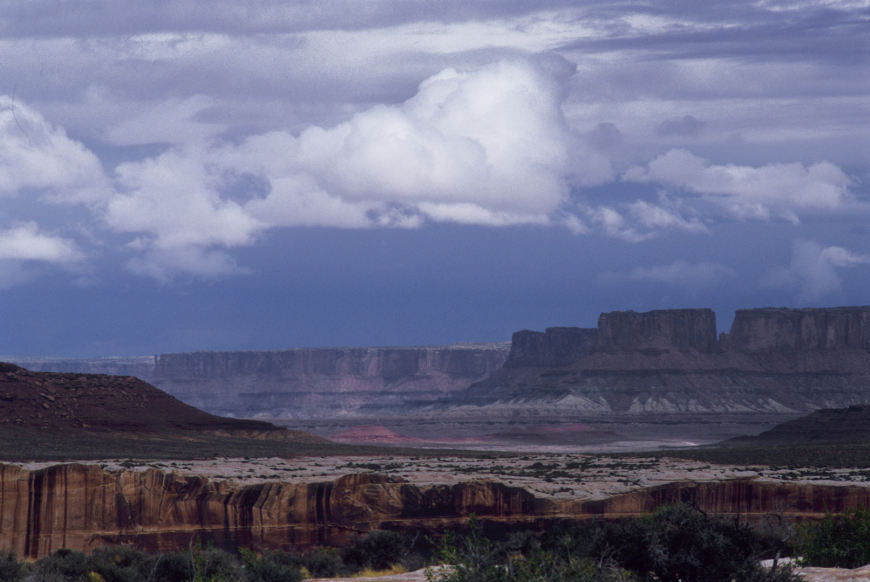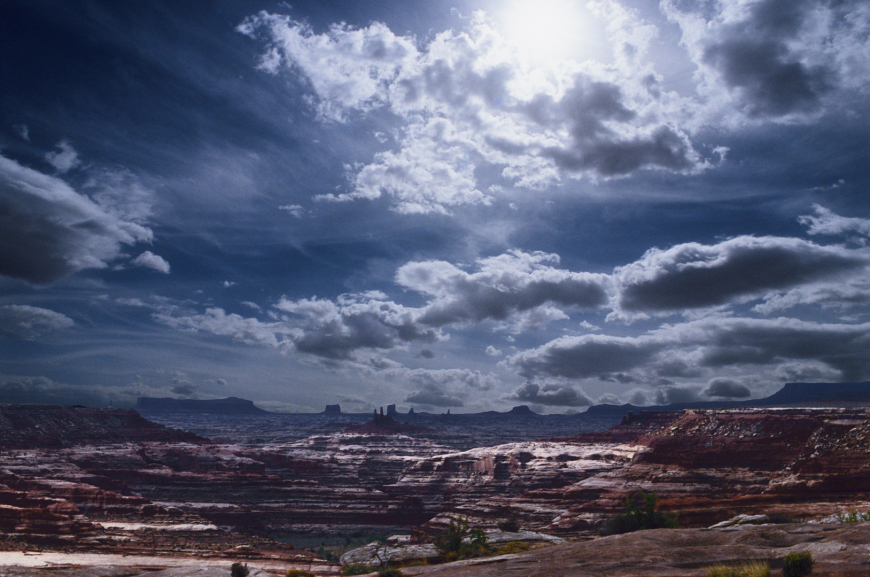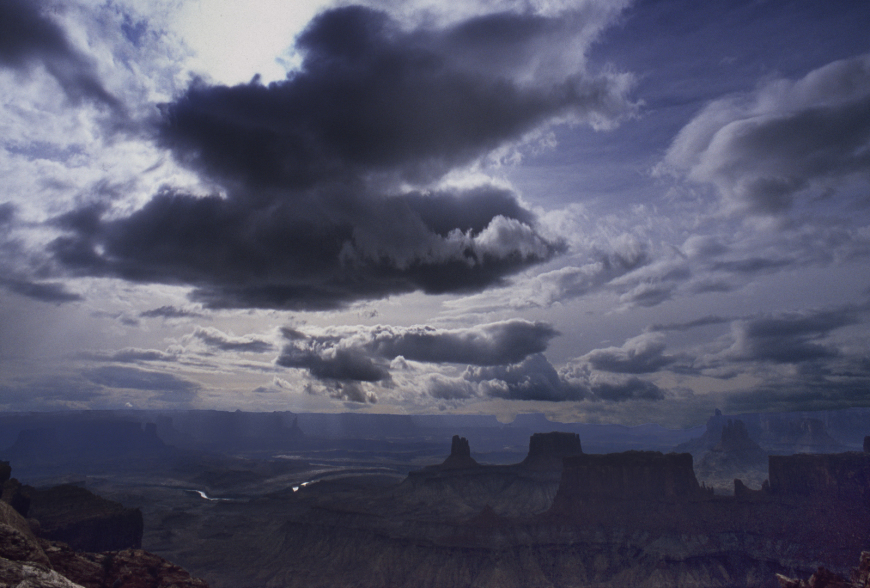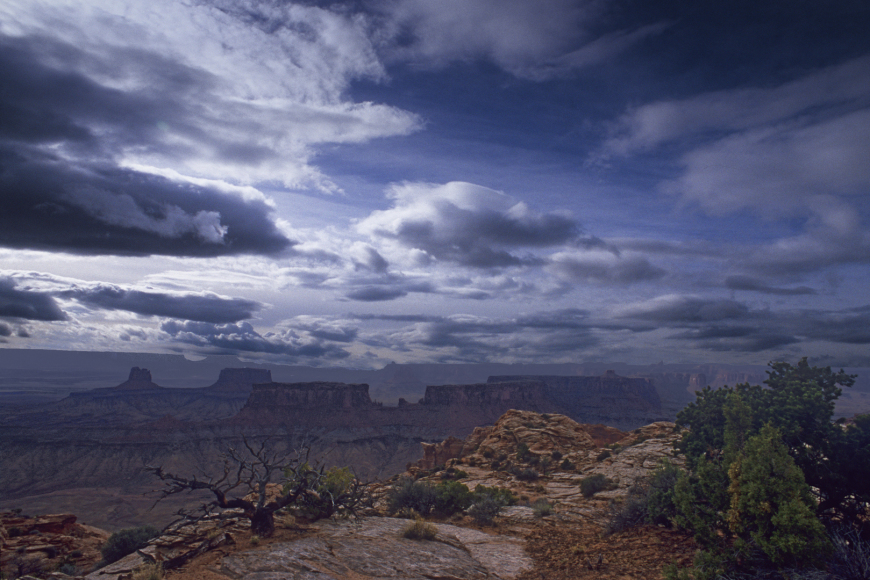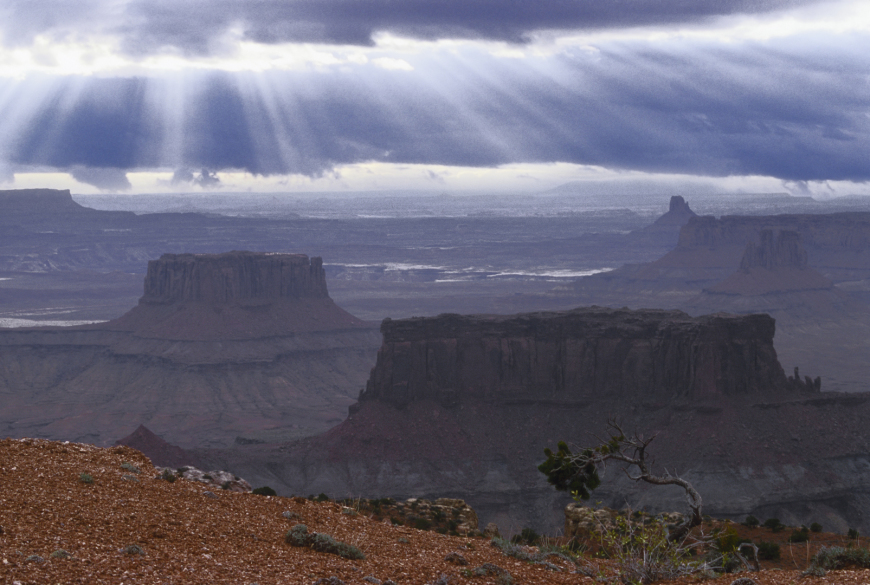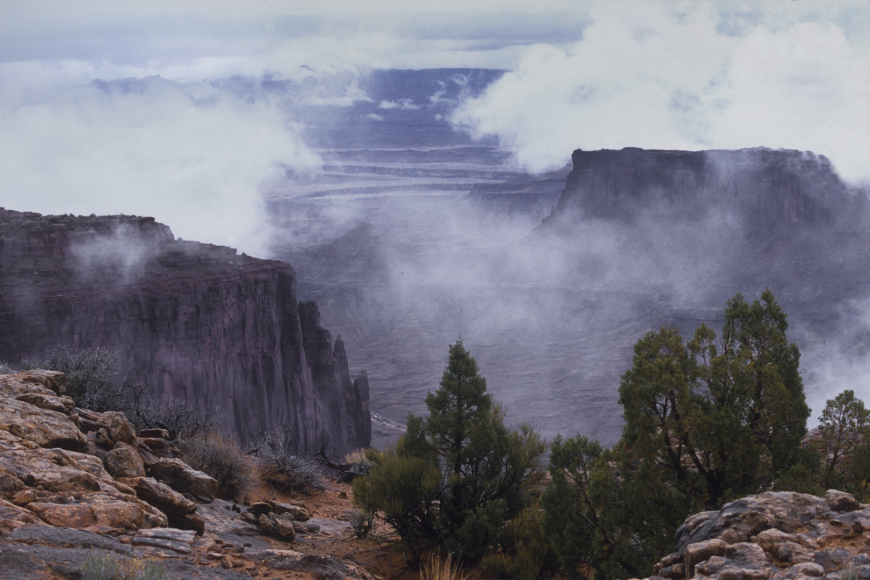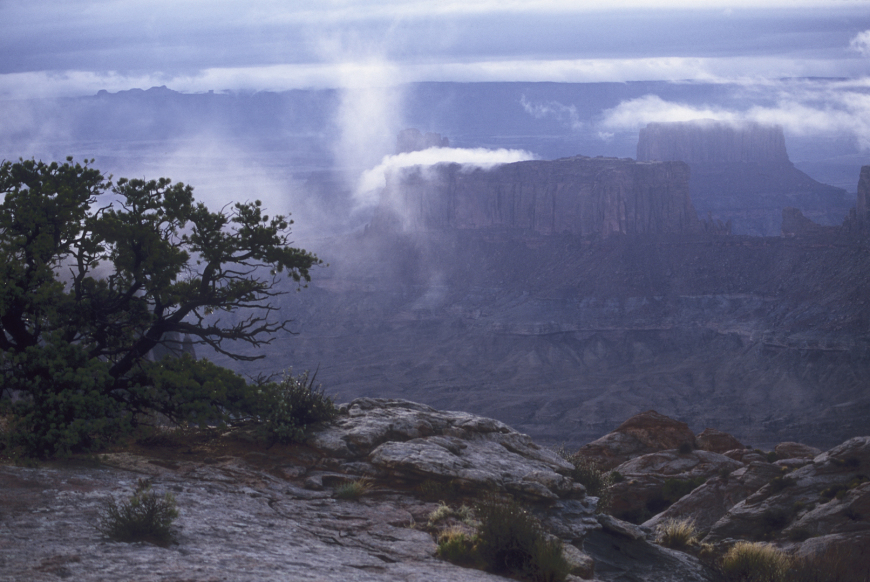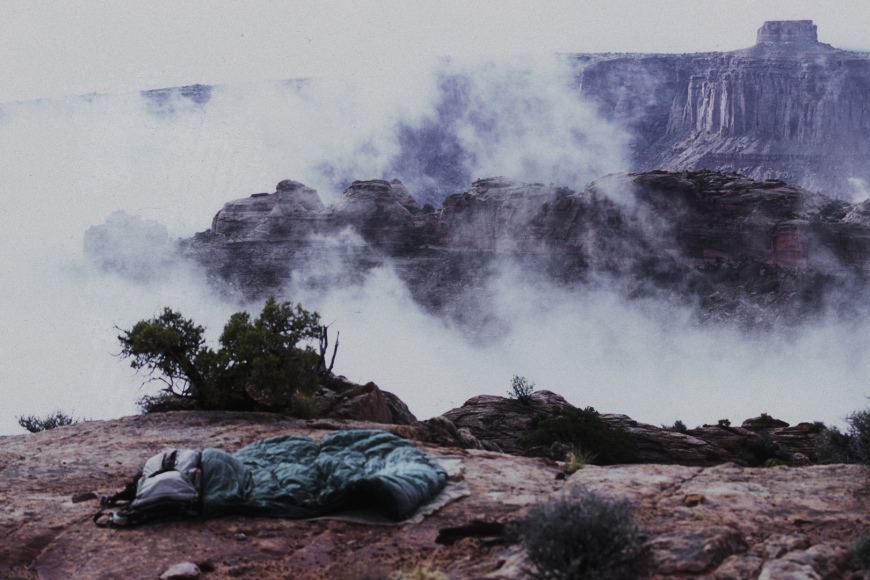
Maze / Musical Offering
Below are photos from an April-May 2018 trip to the Maze. Video above has photos from 2017 and earlier. Scroll down for video photo description and the excerpt from Cabeza for the Musical Offering.
If reading from YouTube, scroll down to the dotted line.
Excerpt from Cabeza and the Meaning of Wilderness: An Exploration of Nature, and Mind, by Phil Grant, Chapter 30, The Final Fugue II:
There are two other fugues I link to The Art of the Fugue even though they are technically part of the Musical Offering. By 1747 Bach, at age 62, had actually become quite famous. Seven years earlier Carl Philipp Emanuel had been retained as harpsichordist for Frederick the Great, who was himself an accomplished flutist. For some time Frederick had been pestering Carl to bring his father to the king’s court in Potsdam, and one evening in early May, just as the king and his assemblage of “musicians . . . among the very best anywhere” were to begin a recital, a messenger handed the king a slip of paper.
“Gentlemen, old Bach has come,” declared Frederick. The performance was put off, “my best friend” was instantly summoned, with no rest after a ten- to fourteen-hour carriage ride, and led off by the king from room to room, the musicians trailing behind, to try the king’s recently acquired collection of Silbermann “fortepianos,” which Bach professed to admire. Then the king asked him to improvise a fugue on a theme of the king’s making. A Berlin newspaper reporting on the event wrote: “This was done so happily by [Bach] that not only His Majesty was pleased to show his satisfaction thereat, but also all those present were seized with astonishment.”
“All those present . . . musicians . . . among the very best anywhere . . . were seized with astonishment.”
At that point the king, delighted with Bach’s accomplishment, asked him to improvise a six-part fugue. Well, Bach had never even written one in six parts before; five parts was the most. I mean, you only have ten fingers. So Bach demurred, saying such a noble theme—and it is noble, though possibly somewhat improved by Bach from what the king gave him—such a noble theme with six parts deserved more extensive treatment than he could provide extempore. But Bach went home to Leipzig and over the next two months did compose a six-part fugue (the three-and six-part are called ricercari: fugues worked out with art), as well as writing out the three-part, and also several canons and a trio sonata. The collection was named the Musical Offering—to the king, to whom it was delivered by Carl . . . and never acknowledged. Frederick the Great just happened to be a relative of the king who wouldn’t give Beethoven his medal. Maybe ingratitude runs in the genes, too.
Most musicologists believe the three-part fugue written out by Bach must be quite close to his performance for the king, due to its improvisatory character. It’s not that hard—well, I can’t do it, but—to rip off arpeggios and scales and harmonic modulations in an impressive manner, but a fugue? And not just a fugue but also one of such spiritual depth? It boggles the mind that any human could pull that off so that “all those present were . . . seized with astonishment.”
Imagine someone walking into the Bern patent office in 1905, striking up a conversation with the clerk there and saying, “Hey Albert, did you hear about the Michelson-Morley experiment [okay, it was eighteen years earlier; we are imagining]? They measured the speed of light as being the same velocity regardless of whether they were moving towards or away from the source.”
“Really? . . . hmmmm . . . let me see . . . yes . . . that must mean . . . yes . . . I have it . . . E = MC²!”
But Albert knows he’s not done. He goes home (we keep imagining) mulling over the problem and over the next two months (in actuality it took him a decade) comes up with his theory of general relativity. This is the only comparison I can make to convey my own being “seized with astonishment” at these works that, to my mind, though they cannot be reduced to mathematical equations, portray an underlying Reality more profound than even Einstein’s theories. Because IT is their underpinning.
There are three gods in the Hindu trilogy. Shiva is the god of the destructive and creative forces of the Universe. Our Indian clients have a statue: four-armed, he is blithely dancing atop the “demon of ignorance.” I think of him with capricious unconcern for us and our suffering, and intent only upon awakening awareness. Awakening the Universe to life . . . intelligent, aware life. Alternately dispensing a soft summer’s life-giving sun . . . a welcome, gentle, and nourishing rain . . . a mild, caressing zephyr . . . or . . . tsunami! . . . asteroid impact! . . . supernova! Back and ......................................................................forth, creation and destruction, with “intentness and entire relentlessness” . . . and with not a care for us, as individuals. This . . . is the three-part fugue.
Brahma, according to The Merriam-Webster 11th Collegiate Dictionary, is “the creator god of the Hindu sacred triad,” but also “the ultimate ground of all being.” In The Three Pillars of Zen there are the “Ten Ox-Herding Pictures.” The ox symbolizes Truth, and ox herding is a metaphor for our own attempts to know the same. A commentary by Harada Roshi is provided. At one point he says, “This ox has immeasurable solemnity,” showing that despite what I wrote about him earlier he must have understood something. Something. “The ultimate ground of all being.” This is the six-part fugue: Immeasurable Solemnity. Immeasurable. Rosen and Nikolayeva obviously understood how these two fugues “worked out with art” were connected with The Art of the Fugue, as they included them on their recordings. And Rosen, while writing, “The Art of the Fugue has a pathos and a grandeur given to no other work,” also writes of the six-part that it is “massive, grave and deeply expressive. . . . There may be many lovers of music who feel, as I do, that this is the greatest fugue ever written.”
I could hardly disagree. If I were allowed only one piece to play for all eternity . . . it would be this fugue. Because . . . it is itself . . . eternity.
And what about the third Hindu god, you wonder? This is Vishnu, who is supposed to appear on earth in ten incarnations to save the world from demonic forces. Nine of these are known to have occurred so perhaps, and just for fun, we could think of Bach himself . . . as the as-yet-unrecognized tenth incarnation of Vishnu.
The Maze District of Canyonlands National Park is one of the most extraordinary works of Nature’s art in the US, if not the world. Similarly, the 6-part fugue of Bach’s is perhaps his greatest single piece. Charles Rosen, while calling The Art of the Fugue (see my other videos), “Infinitely moving, with a pathos and grandeur given to no other work,” still describes this fugue of the Musical Offering as “the greatest fugue ever written.” I find it hard to disagree, and found it appropriate to pair it with the Maze.
Those who, like myself, don’t know where they’d be, if they’d be, if it weren’t for the greatest works of Bach, Beethoven, and Schubert, might be interested in my book, Cabeza and the Meaning of Wilderness: An Exploration of Nature, and Mind, available here. (24p color photos,$14.95, free shipping in US. Mounted and unmounted prints also available) While perhaps only 10 to 20% of the book directly concerns music, all of it, in one way or another, delves deeply into that wilderness of Mind from which all great art arises. Click here for an excerpt describing the Cabeza refuge itself. Scroll down for an excerpt regarding the Musical Offering.
Maze photo description:
This (late April-early May 2017) trip to the Maze was my fourth, the first two alone and the latter two with my wife, Anne. The first I parked my two-wheel-drive pickup with homemade camper at the
top of the Flint Trail and backpacked for 10 days, getting water at springs and Spanish Bottom. The last three were with four-wheel-drive, as shown in the first photo. Just to get to the top of the
four-wheel-drive Flint Trail you have to drive in 45 miles of dirt road, the last five or so requiring a high clearance vehicle, from the paved Utah Highway near Hanksville.
1. Getting to the maze . . . is a bit of trouble. From the top of the Flint Trail it’s five hours of driving misery to get to the Chocolate Drops. Two or three people a year wreck their vehicles and
have to be towed out — at $2000 a shot. At the Hans Flat Ranger station there was a photo of an SUV on the Flint Trail . . . on its roof. Cabeza: “The track became very steep over smooth slickrock
leading up a hill . . . and then it started to rain. The tires were slipping so I let some air out for more traction . . . and just barely made it up. Then I inched down the sharply sloping, winding
trail to where two guys were standing around two vehicles. “Nice driving,” said the first, a ranger—the unspoken connotations of this simple remark becoming clear when he added that he just had
broken the axle on his jeep. Further clarity ensued when the other fellow, the operator of a tow truck come to rescue the ranger, said that he had just broken his axle, too. They were waiting . . .
for another tow truck. In the course of conversation I told the ranger I was heading into the Maze and was concerned, as the park brochure stated it required “Expert Driving Skills.”
‘Hell, you just went over Elephant Hill. You won’t have any problem.’ And I didn’t.”
Well, in 2017 I didn’t break an axle . . . but I did bend the rear bumper enough so the tailgate wouldn’t open fully. Later I also discovered the left front wheel bearings had been damaged as
well as the left tie rod, and the CV boot punctured by the sway bar. Fortunately we made the over 2000 mile drive home okay before I discovered the problems.
2. Murphy Point is in the Island in the Sky District of Canyonlands. In September 2015, we had backpacked up from the White Rim Jeep trail, which can just barely be seen in the center of the
second photo. The Island in the Sky is easiest way to see Canyonlands: a paved road leads in and there are many overlooks and trails. There’d been a chance of thunderstorms in the forecast so we
brought along our bivy sacks (we never bring a tent in the desert) but they proved unnecessary. After our dinner two ravens arrived, from different directions, in what seemed a prearranged rendezvous
— and immediately began most ardently making out. Well, that’s what Anne thought until I pulled out my binoculars and saw they were really preening each other around the neck where they couldn’t
reach themselves. Ravens mate for life. Then a gaggle of noisy Pinyon Jays swooped in to ravenously devour the nuts on the nearby small pine that gives them their name. After they departed the sun
went down and the sky — all 360° of it from our vantage point — lit up . . . with flame. As it did many nights for us in the Maze.
3-6. The first adventure of this year’s trip was a short backpack to Land’s End, laying out our ground cloth about 6 feet from the edge of the thousand-foot-plus Orange Cliffs, a.k.a. the Redwall.
This gave us a view across the incredibly rugged terrain of the Maze, 55 miles to the near-13,000 foot, snow-draped, Manti La Sal . Shortly after dusk deafening gale force winds began roaring up the
cliffs, but fortunately mostly over our heads. Sleep was difficult until it finally calmed after midnight. Then, in time, a dawn and sunrise . . . not soon, if ever, forgotten.
7-15. After 5 hours of the most “challenging” driving imaginable we made it to The Wall vehicle campsite. Cabeza, regarding my 1980 trip:
“It was a glorious spring day: The night before snowflakes had been flying, but this day was warm and clear, with blue sky, red rock, and the white, snow-draped dome of Navajo Mountain rising seventy-five miles to the south. I exulted in the unbounded space. . . . My final night I camped at a location as other¬worldly as it gets; supernal beauty far stranger than anyone could ever imagine. This was my favorite place . . . before discovering Cabeza . . . . To my right, far off, the snowy La Sal Mountains. To my left, the less distant Redwall, the “Land’s End” where I’d parked, with a line of green juniper and pinion pine along the top. In front, the rising pillars of the Chocolate Drops; a reasonably accurate description except the rock from which they were formed, and in fact on which I also now sat, was a far more beautiful rich reddish-brown than any candy bar. Directly below, between me and the Drops, were the intricate canyons of the Maze itself, all creamy white with horizontal stripes of red. And above, rich blue sky tending from pale yel¬lowish-blue where the sun had set . . . to deep violet in the east. I slept beneath the stars as I had every night except those in the cave. . . .”
Back to 2017. The next day we backpacked out the Chocolate Drops Trail. Two powerful rain squalls hit us during the hike, the second coming when we were close to making camp. Descending steep
slickrock in high winds and rain? Not recommended. So we backtracked to a protected spot, waited till the rain stopped and the winds abated at least a bit before moving up to a high point that
allowed us to see — the whole shebang. We ate, took a nap, and woke to . . . The Flaming Rain. At least a half-dozen rain squalls, in all directions, were lit by the setting sun. Anne said no
one would believe the pictures weren’t Photoshopped. In fact, I had to tone down the garish pink a bit. Then it cleared . . . for a moonless night with a trillion stars.
16-17. Back at The Wall.
18. Thunderclouds over the Needles. I took this in the Needles District in 1983 but since they are visible from many areas of the Maze, and similar formations are in the Doll House, I included
it.
19-21. Utah Still Life; above the Maze: Indian Paintbrush and Claret Cup Cactus were delightful surprises along the trails; Chimney Rock and Standing Rock with the Henry Mountains in the
distance.
17. From the Doll House vehicle campsite number 2.
18. On the trail up from Spanish Bottom. Most hikers and backpackers we met came by the river, either taking a jet boat down from Moab (that would pick them up at a prearranged time), or canoeing or
rafting down from Green River, Utah, then hiking up either here or Water Canyon. Canyonlands as a whole has become much more popular in recent years as recreational enthusiasts (not to mention
marijuana enthusiasts) have flooded into Colorado (and Utah). I met only 3 people on my trip in 1980; this year was 5 times that, or more, not even including the vehicles. The Park service strictly
regulates the numbers; we reserved our campsites — both vehicle and backpacking (general area) — 4 months in advance. Everyone else was camping low by the river or springs; we carried all our water
so we could camp high. They missed some incredible views, skies and stars.
19-20. Backpacked out to the Confluence Overlook, spending two nights there with a day hike to Water Canyon. The Green River is flowing through Stillwater Canyon. At the top is The Island in the Sky.
Snow flurries for us on two successive nights meant a brilliant blanket of snow on the Manti La Sal. High winds kept us from camping at the edge of the precipice as we had on previous trips, and even
back a couple hundred feet we had to hold everything down with rocks. High winds were the rule this trip — not fun, but when they subsided the last day, hordes of tiny gnats came out of the crevices.
Personally, I prefer the wind. Except when it’s windy.
21. Elaterite Butte from the Maze Overlook vehicle campsite. After this we went to Panorama Point planning another hike but our amazing trip to the amazing Maze was cut short by an amazingly
excruciating abscess — of no apparent origin — under my right thumbnail, and we drove out to an urgent care clinic in Grand Junction, Colorado. Will we return? I’m already planning the next trip.
Excerpt from Cabeza and the Meaning of Wilderness: An Exploration of Nature, and Mind. Other excerpts are on other pages above; see also the Cabeza- The Maze page for another excerpt.
30
THE FINAL FUGUE II
……There are two other fugues I link to The Art of the Fugue even though they are technically part of the Musical Offering. By 1747 Bach, at age 62, had actually be¬come quite famous. Seven years
earlier Carl Philipp Emanuel had been retained as harpsichordist for Frederick the Great, who was himself an accomplished flutist. For some time Frederick had been pestering Carl to bring his father
to the king’s court in Potsdam, and one evening in early May, just as the king and his assemblage of “musicians . . . among the very best anywhere” were to begin a recital, a messenger handed the
king a slip of paper.
“Gentlemen, old Bach has come,” declared Frederick. The performance was put off, “my best friend” was instantly summoned, with no rest after a ten- to fourteen-hour carriage ride,
and led off by the king from room to room, the musicians trail¬ing behind, to try the king’s recently acquired collection of Silbermann “forte¬pianos,” which Bach professed to admire. Then the king
asked him to improvise a fugue on a theme of the king’s making. A Berlin newspaper reporting on the event wrote: “This was done so happily by [Bach] that not only His Majesty was pleased to show his
satisfaction thereat, but also all those present were seized with astonish¬ment.”
“All those present . . . musicians . . . among the very best anywhere . . . were seized with astonishment.”
At that point the king, delighted with Bach’s accomplishment, asked him to impro¬vise a six-part fugue. Well, Bach had never even written one in six parts be¬fore; five parts was
the most. I mean, you only have ten fingers. So Bach demurred, saying such a noble theme—and it is noble, though possibly somewhat improved by Bach from what the king gave him—such a noble theme with
six parts deserved more extensive treatment than he could provide extempore. But Bach went home to Leipzig and over the next two months did compose a six-part fugue (the three-and six-part are called
ricercari: fugues worked out with art), as well as writing out the three-part, and also several canons and a trio sonata. The collection was named the Musical Offering—to the king, to whom it was
delivered by Carl . . . and never ac¬knowledged. Frederick the Great just happened to be a relative of the king who wouldn’t give Beethoven his medal. Maybe ingratitude runs in the genes, too.
Most musicologists believe the three-part fugue written out by Bach must be quite close to his performance for the king, due to its improvisatory character. It’s not that
hard—well, I can’t do it, but—to rip off arpeggios and scales and harmonic modulations in an impressive manner, but a fugue? And not just a fugue but also one of such spiritual depth? It boggles the
mind that any human could pull that off so that “all those present were . . . seized with astonishment.”
Imagine someone walking into the Bern patent office in 1905, striking up a conver¬sation with the clerk there and saying, “Hey Albert, did you hear about the Michelson-Morley
experiment [okay, it was eighteen years earlier; we are imagin¬ing]? They measured the speed of light as being the same velocity regardless of whether they were moving towards or away from the
source.”
“Really? . . . hmmmm . . . let me see . . . yes . . . that must mean . . . yes . . . I have it . . . E = MC²!”
But Albert knows he’s not done. He goes home (we keep imagining) mulling over the problem and over the next two months (in actuality it took him a decade) comes up with his theory
of general relativity. This is the only comparison I can make to convey my own being “seized with astonishment” at these works that, to my mind, though they cannot be reduced to mathematical
equations, portray an un¬derlying Reality more profound than even Einstein’s theories. Because IT is their underpinning.
There are three gods in the Hindu trilogy. Shiva is the god of the destructive and creative forces of the Universe. Our Indian clients have a statue: four-armed, he is blithely
dancing atop the “demon of ignorance.” I think of him with capricious un¬concern for us and our suffering, and intent only upon awakening awareness. Awakening the Universe to life . . .
intelligent, aware life. Alternately dispensing a soft summer’s life-giving sun . . . a welcome, gentle, and nourishing rain . . . a mild, caressing zephyr . . . or . . . tsunami! . . . asteroid
impact! . . . supernova! Back and forth, creation and destruction, with “intentness and entire relentlessness” . . . and with not a care for us, as individuals. This . . . is the three-part
fugue.
Brahma, according to The Merriam-Webster 11th Collegiate Dictionary, is “the creator god of the Hindu sacred triad,” but also “the ultimate ground of all being.” In The Three
Pillars of Zen there are the “Ten Ox-Herding Pictures.” The ox sym¬bolizes Truth, and ox herding is a metaphor for our own attempts to know the same. A commentary by Harada Roshi is provided. At one
point he says, “This ox has im¬measurable solemnity,” showing that despite what I wrote about him earlier he must have understood something. Something. “The ultimate ground of all being.” This is the
six-part fugue: Immeasurable Solemnity. Immeasurable. Rosen and Niko¬layeva obviously understood how these two fugues “worked out with art” were con¬nected with The Art of the Fugue, as they included
them on their recordings. And Rosen, while writing, “The Art of the Fugue has a pathos and a grandeur given to no other work,” also writes of the six-part that it is “massive, grave and deeply
expres¬sive. . . . There may be many lovers of music who feel, as I do, that this is the greatest fugue ever written.”
I could hardly disagree. If I were allowed only one piece to play for all eternity . . . it would be this fugue. Because . . . it is itself . . . eternity.
And what about the third Hindu god, you wonder? This is Vishnu, who is sup¬posed to appear on earth in ten incarnations to save the world from demonic forces. Nine of these are
known to have occurred so perhaps, and just for fun, we could think of Bach himself . . . as the as-yet-unrecognized tenth incarnation of Vishnu. . . .
